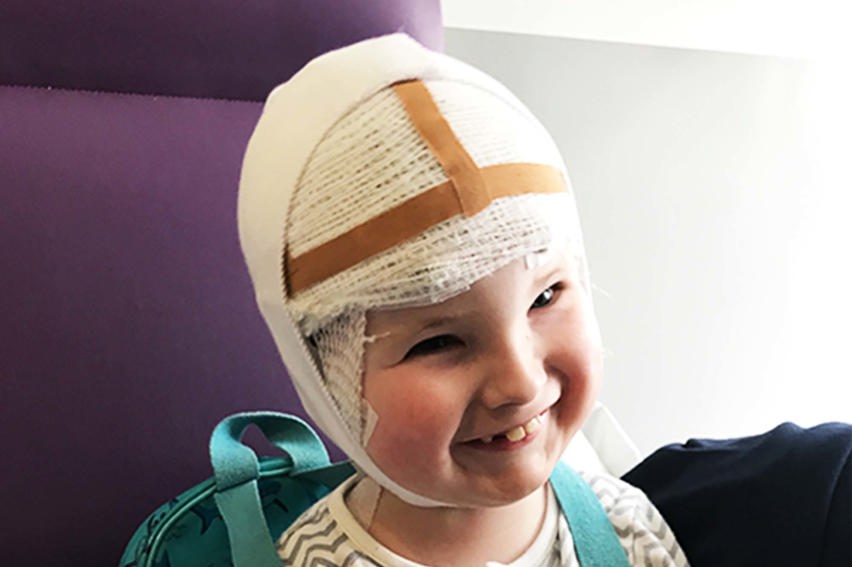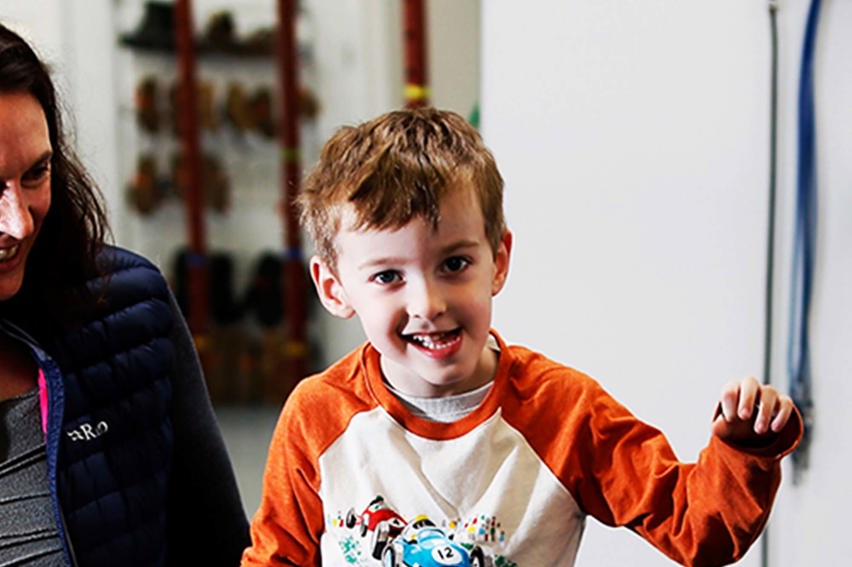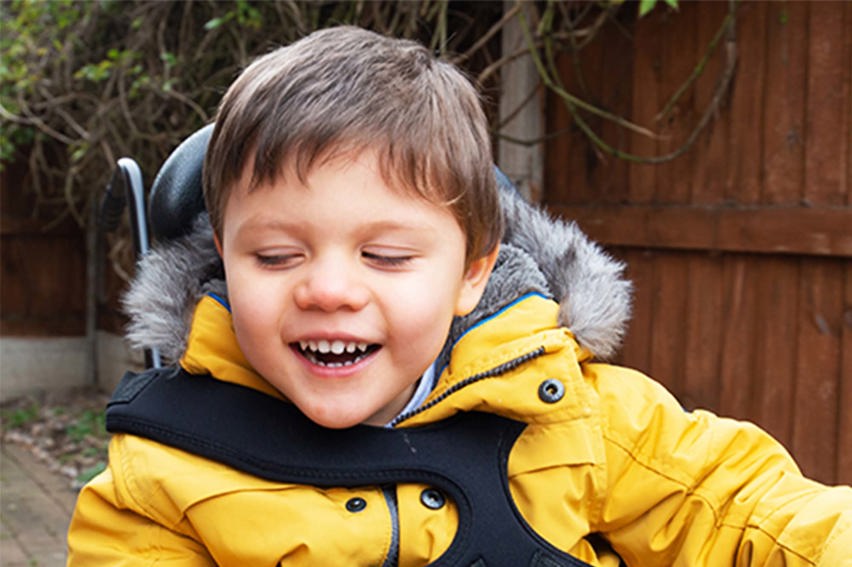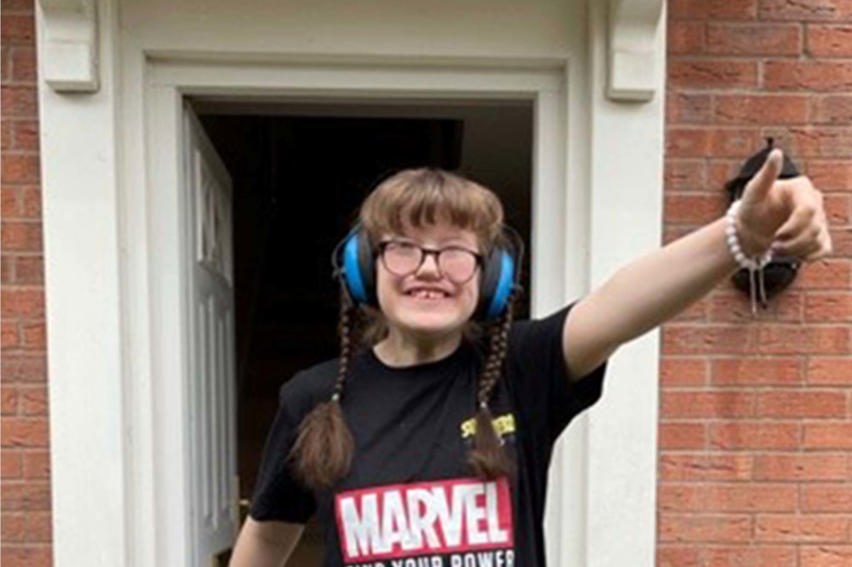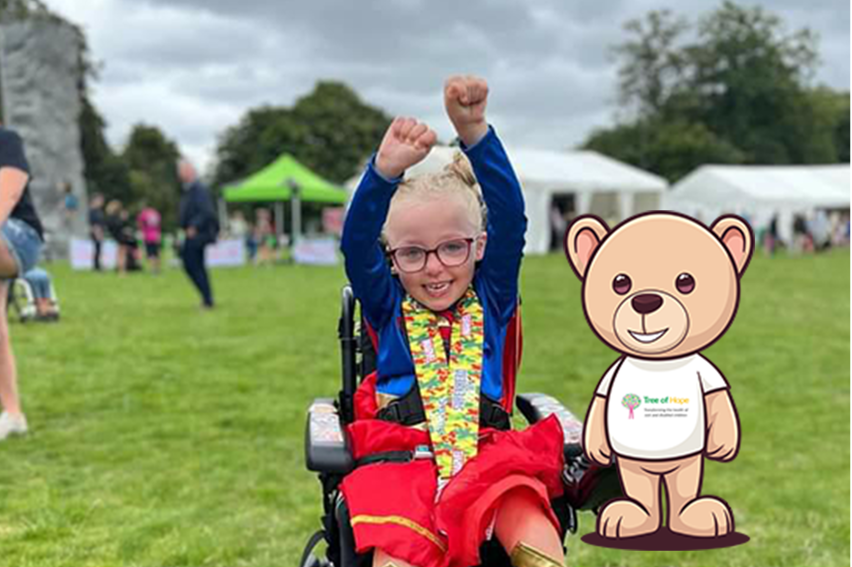What Can I Fundraise For?
We always aim to be as flexible as we can be within the remit of legitimate healthcare options. Find out what you can fundraise for with our help.

Fundraising With Us
Fundraising with Tree of Hope provides families the reassurance, security and support needed to ensure children get what they need.

How To Get Started
Our onboarding process is secure and efficient to ensure we can get you up and running with your fundraising as quickly as possible with no means testing involved.
Conditions
We help children and young people with any diagnosed health condition. Find out about those we support here.
Frequently Asked Questions
How can we help you?
Under our charitable objects we can only pay to improve the health or lives of sick and disabled children. Provided we have received the completed Doctor’s Confirmation Form and Parent Declaration before or at the time of application for a payment we will always look to be as flexible as possible, so please get in touch with us and we will be happy to discuss individual circumstances.
On top of travel and accommodation costs, Tree of Hope supports families with Daily Living Allowance (DLA) costs associated with a child's condition, both in the UK and abroad.
We will pay £65 per day (UK) and £85 per day (abroad) per family towards meals and other costs while you are away from home and your child is receiving treatment or therapy.
Tree of Hope is a healthcare charity and we are governed by the charity commission to stay within these regulation guidelines, therefore we do not support the cost of holidays or breaks. Please get in touch if you would like the team to help sign post elsewhere to these services.
Yes. Tree of Hope can reimburse where required and require parents to complete and expense claim form and send back to accounts team with receipts for a reimbursement to be processed.
